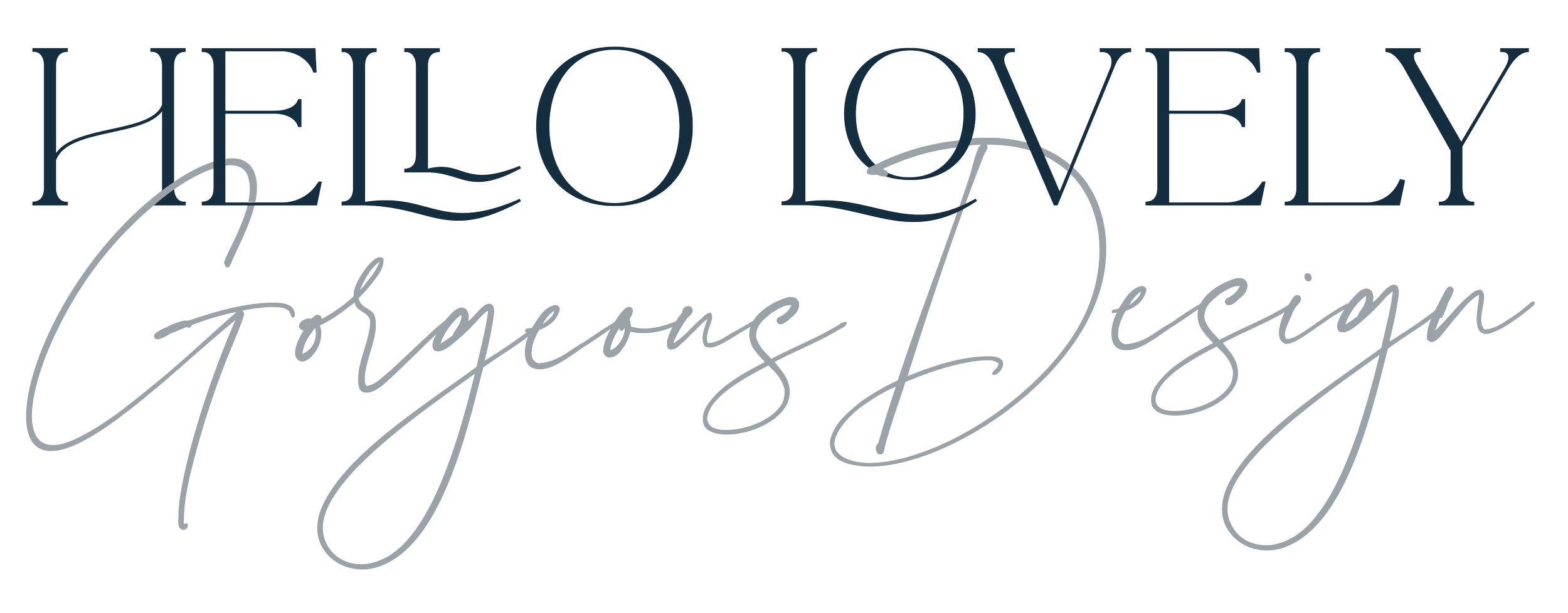A-Z of book publishing: designing a cover
I have had some great responses to this A-Z series, especially about book covers so I thought I'd share this post from September when I talked about the anatomy of a book cover. The image in this post is a really useful explanation of each part of a book.
This title has now gone to press and has generated £4,000 of sales for this fledgeling publishing cooperative which goes to show that attention to detail matter, along with continuing to promote the book.
First published in September 2017
The latest one to go through is for a history title, Balsham, a village story, 1617–2017. This was a surprisingly difficult cover to do because of the volume of images.
I've been heavily involved in this book for a while now, helping the authors tackle the publishing process, production editing, production management including page planning and schedules plus the design and art direction too. I've also dealt with the permissions to ensure the images used are from legal sources and credited too. It's used all areas of my extensive publishing knowledge.
The problem is often what to put on the cover and what colours and type to use. The maps in the book are incredible but there are 43 to chose from and I lost count of the historic photos of village scenes! I presented five covers to the team in person and asked them to silent vote. The theory behind silent voting with a shoe box/ballot box (!) means that everyone gets a say without one or two people deciding and leading others by discussion. Once we'd narrowed the cover image down, the choice of colour was important. A warm grey with some blue tones is great here because it allows the vellum and the back cover images to lift off the page, and the text is clear in white too on the flaps (these are reason why the cover is longer than a standard cover).
The map chosen was created in 1616 and is hand drawn by an Elizabethan surveyor. It required some technical work to make it cover worthy, not least because the beautiful red border on the map falls close to the trim of the page - literally the bit where the final pages are chopped. Using one of my favourite programmes, Photoshop, I created an extra border using the clone tool to copy the vellum texture. The whole cover is created in one Indesign spread and the width comprises page size x 2, + spine + flap size with a 4mm bleed and 20mm slug space. The typefaces used are Mr Eaves for the sans and Mrs Eaves for the serif.
To aid the team, I created the illustration below which shows the anatomy of a cover from the designer's side. I've detailed what each mark means and why they are important to aid the printer and designer to do the best job possible.
I provide several services for covers.
- Complete cover package which includes illustration, typography, image research, design, technical, proofs and sending to press
- Cover checking to include advice on fonts, colours and file set up (selected software)
- Cover clinic for those who want to try to make a cover but don't know where to start.
Just get in touch!

